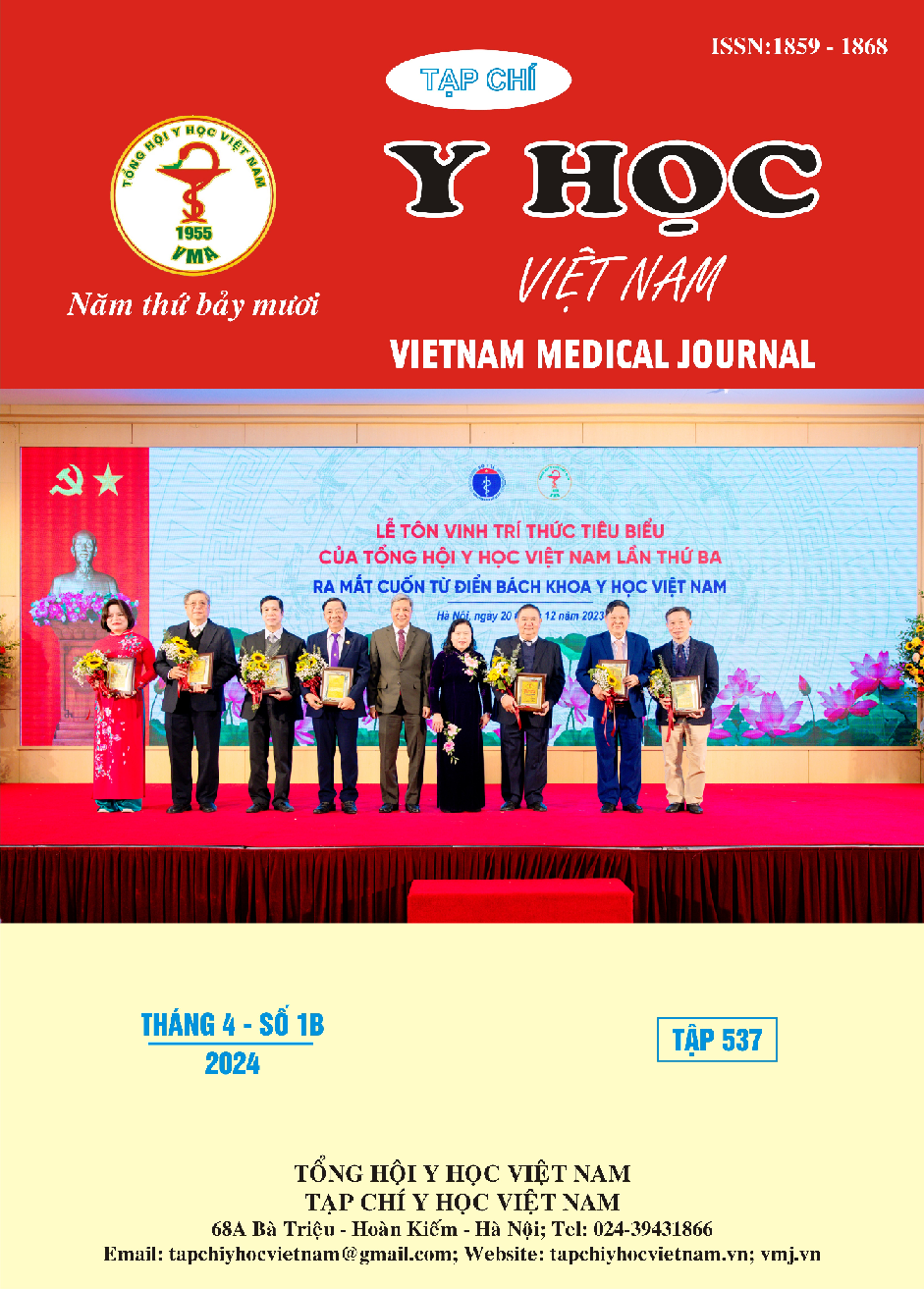ĐIỀU KIỆN LÀM VIỆC VÀ SỰ HÀI LÒNG CỦA NHÂN VIÊN Y TẾ THAM GIA CHỐNG DỊCH COVID-19 NĂM 2021
Nội dung chính của bài viết
Tóm tắt
Mục tiêu: Nghiên cứu nhằm mô tả điều kiện làm việc và sự hài lòng của nhân viên y tế (NVYT) ở 3 tuyến tỉnh, huyện, xã khi tham gia phòng chống dịch COVID-19 năm 2021. Thiết kế nghiên cứu: Nghiên cứu mô tả cắt ngang. Kết quả: nghiên cứu trên 785 NVYT ở cả 3 tuyến tỉnh, huyện, xã cho thấy, chỉ có 36,6% là nam giới, tỷ lệ nữ giới chiếm đến 63,4%. Hầu hết NVYT tham gia nghiên cứu đều có thâm niên công tác trong ngành y trên 5 năm (84,2%). Tỷ lệ NVYT cả 3 tuyến tỉnh, huyện, xã được nhận cung cấp đồ bảo hộ cá nhân cũng như nhận được sự hỗ trợ về mặt hậu cần đều đạt mức cao – dao động từ khoảng 79,2 – 97,3%. Riêng tỷ lệ NVYT ở 3 tuyến được cung cấp các loại thuốc bổ, vitamin (53,5%) và phương tiên di chuyển (38,5%) đều thấp hơn so với mặt bằng chung Trong quá trình tham gia chống dịch ở cả năm 2021, vẫn còn một tỷ lệ đáng kể NVYT tuyến tỉnh phải sử dụng lại khẩu trang N95, khẩu trang y tế, áo choàng bảo hộ và găng tay y tế (3,8 - 9,3%). Đặc biệt, tỷ lệ NVYT ở 3 tuyến phải sử dụng lại tấm che mặt lên tới 25,6%. Tỷ lệ NVYT 3 tuyến hài lòng về đồ phòng hộ cá nhân, đào tạo và hỗ trợ hậu cần trong năm 2021 dao động từ 79,2% – 91,4%. Trong khi việc đào tạo trước khi tham gia chống dịch được đánh giá với tỷ lệ hài lòng cao (74,6%). Chỉ có khoảng 44,1% và 47,6% NVYT tuyến tỉnh hài lòng về sự hỗ trợ tài chính trong và sau quá trình tham gia chống dịch năm 2021.
Chi tiết bài viết
Từ khóa
hài lòng, điều kiện làm việc, nhân viên y tế, COVID-19
Tài liệu tham khảo
2. Worldmeters. COVID-19 Coronavirus pandemic. https://www.worldometers.info/coronavirus/
3. World Health Organization. COVID-19 in Viet Nam Situation Report 108. Accessed January, 10, 2024.
4. Lê Thị Thanh Xuân Nguyễn Thanh Thảo, Phạm Thị Quân, Tạ Thị Kim Nhung, Nguyễn Thị Quỳnh, Nguyễn Huy Hoàng, Trần Thị Thùy Linh, Nguyễn Thị Vinh. Tác động của đại dịch Covid-19 tới nhân Viên Y Tế tại Hà Nội năm 2020. Tạp chí Nghiên cứu Y học. 2021;144(8):1-8. doi:https://doi.org/10.52852/tcncyh.v144i8.458.
5. Nguyen LH, Drew DA, Graham MS, et al. Risk of COVID-19 among front-line health-care workers and the general community: a prospective cohort study. Lancet Public Health. Sep 2020;5(9):e475-e483. doi:10.1016/s2468-2667(20)30164-x
6. Liu J, Ouyang N, Mizrahi A, Kornides ML. Social Distancing in the COVID-19 Pandemic: Associated Factors, Health Outcomes, and Implications. Fam Community Health. Jan-Mar 01 2024;47(1):80-94. doi:10.1097/fch.0000000000000367
7. Cheng FS, Yen YF, Lin SY, et al. Prevalence and Factors Associated with the Reuse of Mask during the COVID-19 Pandemic: A Nationwide Survey in Taiwan. Int J Environ Res Public Health. Jul 29 2021;18(15)doi:10.3390/ijerph18158065
8. Barili E, Bertoli P, Grembi V, Rattini V. Job satisfaction among healthcare workers in the aftermath of the COVID-19 pandemic. PLoS One. 2022;17(10):e0275334. doi:10.1371/journal.pone.0275334


